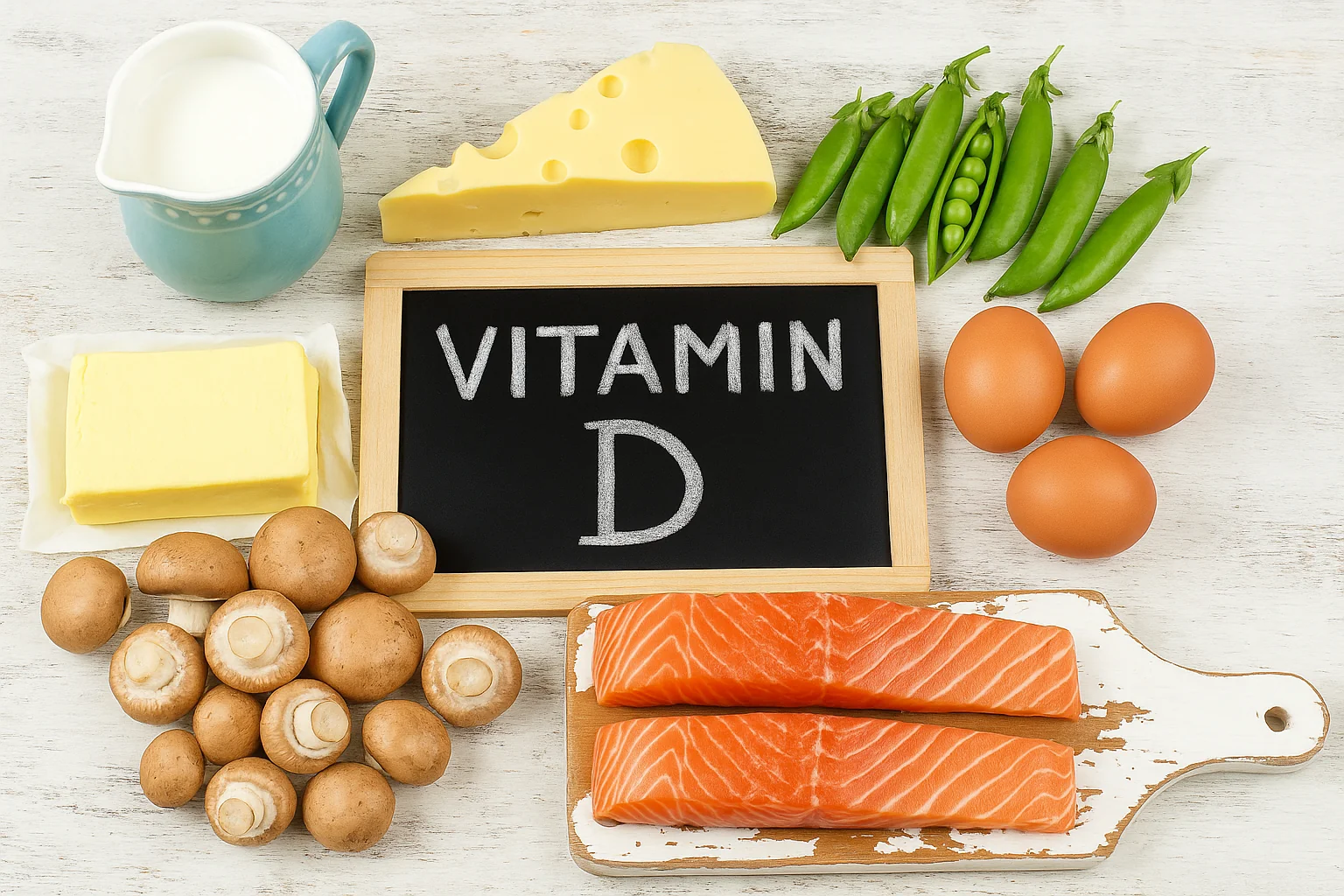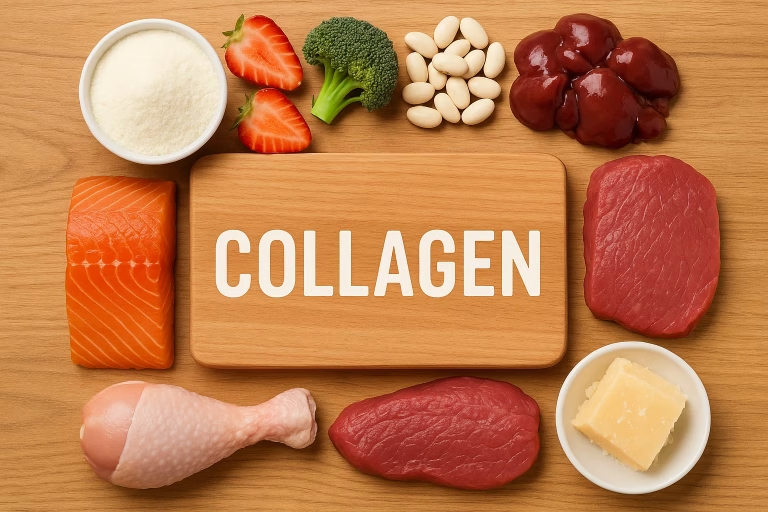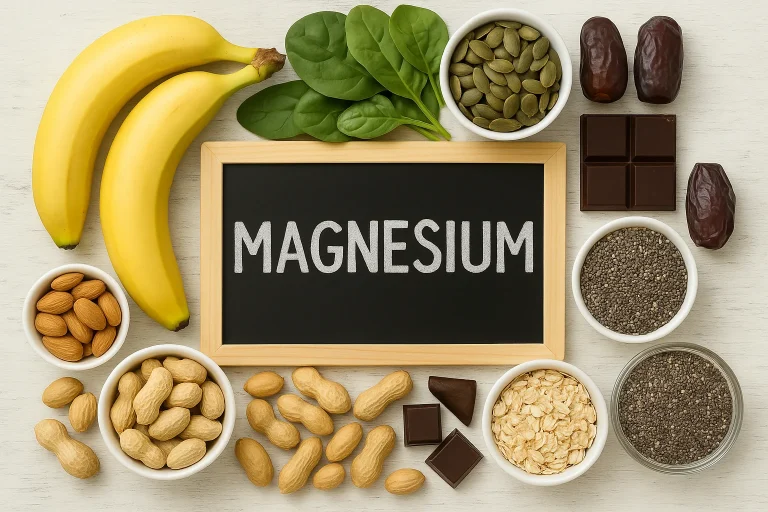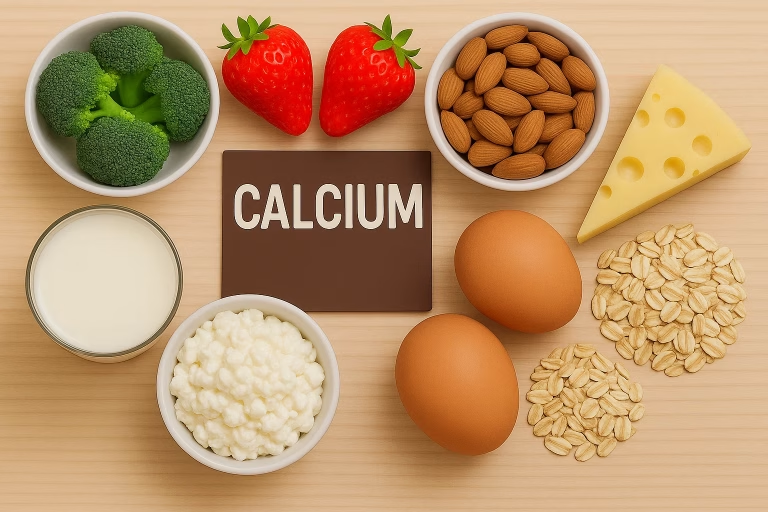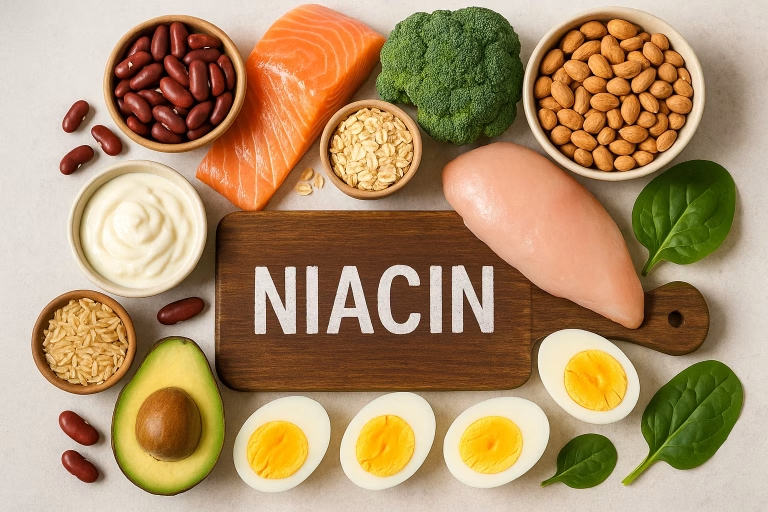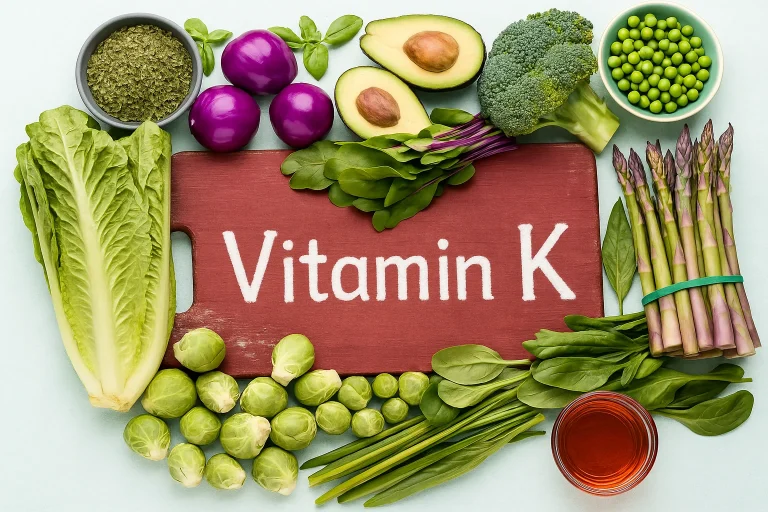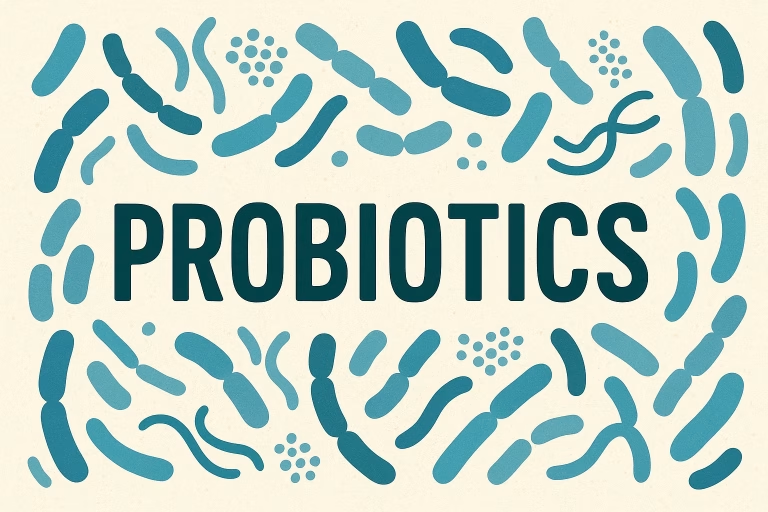In-Depth Review: Vitamin D for Adults Over 40
Why Vitamin D Matters After 40
As we age, our body’s ability to synthesize vitamin D from sunlight decreases. This is a critical concern for adults over 40, as vitamin D plays a key role in bone health, immune function, muscle maintenance, and mood regulation. Unfortunately, a large percentage of adults in this age group are deficient—often without even knowing it.
In this detailed 1600-word review, we’ll explore everything you need to know about vitamin D for adults 40 and over: why it’s so vital, the best forms to take, optimal dosages, signs of deficiency, and top supplement recommendations with images.
What Is Vitamin D?
Vitamin D is a fat-soluble vitamin that functions more like a hormone. It’s essential for calcium absorption, regulating phosphorus, and maintaining a healthy immune system. There are two main types:
- Vitamin D2 (ergocalciferol) – Found in some plant-based sources and fortified foods.
- Vitamin D3 (cholecalciferol) – The form our skin makes from sunlight and the more effective supplement form.
D3 is significantly more effective at raising and maintaining overall vitamin D levels, which is why it’s the preferred supplement type—especially as we age.
The Importance of Vitamin D After 40
1. Bone Health and Osteoporosis Prevention
After 40, bone density begins to decline—especially in women during perimenopause and menopause. Vitamin D helps regulate calcium and phosphorus, key minerals for building and maintaining strong bones.
2. Muscle Strength and Fall Prevention
Low vitamin D is linked to decreased muscle strength and increased fall risk in older adults. Supplementation has been shown to improve balance and reduce injury.
3. Immune Support
Vitamin D modulates the immune system, helping it respond more effectively to viruses and reducing chronic inflammation—a key factor in many age-related conditions.
4. Mood and Mental Health
Low vitamin D levels have been associated with depression, cognitive decline, and seasonal affective disorder (SAD). Keeping your levels optimized can contribute to emotional well-being.
Signs of Vitamin D Deficiency in Adults Over 40
- Chronic fatigue
- Frequent illness or infections
- Bone or joint pain
- Low mood or depression
- Muscle weakness or cramps
Note: These symptoms can be subtle, which is why many people don’t realize they’re deficient. A simple blood test can check your 25(OH)D levels.
Optimal Range: 40–60 ng/mL
How Much Vitamin D Do Adults Over 40 Need?
While the RDA (Recommended Daily Allowance) for vitamin D is:
- 600 IU/day for adults 19–70
- 800 IU/day for adults 71+
Most health experts agree these numbers are too low for optimal health—especially for those with low sun exposure.
Common Supplement Doses:
- 1000–2000 IU/day for general maintenance
- 5000 IU/day short-term to correct deficiency (under doctor supervision)
Always pair vitamin D with vitamin K2 (especially MK-7) to ensure calcium is directed to bones and not arteries.
Best Forms of Vitamin D Supplements
1. Vitamin D3 (Cholecalciferol)
- Most bioavailable and effective
- Usually derived from lanolin (sheep’s wool) or vegan sources (lichen)
2. Vitamin D3 + K2
- Combines D3 with vitamin K2 (MK-7), which supports calcium utilization
3. Liquid Drops
- Ideal for those with difficulty swallowing pills
- Easy to customize dose
4. Softgels and Capsules
- Long shelf-life
- Often oil-based for better absorption
How to Take Vitamin D for Best Absorption
- Take with a meal containing fat (since it’s fat-soluble)
- Avoid taking with calcium if you have kidney stones or high blood calcium levels (consult your doctor)
- Pair with magnesium to aid vitamin D metabolism
Can You Get Too Much Vitamin D?
Yes, but it’s rare. Excessive vitamin D (usually above 10,000 IU/day long-term) can lead to:
- Nausea
- High blood calcium
- Kidney issues
Always check your blood levels before starting high-dose regimens.
Real-Life Benefits: What Users Say
“Since starting 2000 IU of vitamin D daily, my energy has noticeably improved. I used to feel tired all winter.” — Angela M., age 48
“My bone scan showed better results this year after 12 months on a D3/K2 combo. I’m staying consistent!” — Robert J., age 56
FAQs About Vitamin D for Adults Over 40
Q: When should I take vitamin D—morning or night?
A: Morning is best for most, as vitamin D may influence melatonin production.
Q: Can I get enough from sunlight?
A: Possibly in summer, but older skin synthesizes less vitamin D. Sunscreen also blocks UV needed for D3 production.
Q: Should I take vitamin D year-round?
A: Yes, especially in fall/winter or if you spend little time outdoors.
Final Thoughts
Vitamin D is one of the most important nutrients for healthy aging. Whether you’re looking to protect your bones, enhance your immunity, or feel more energized, ensuring optimal vitamin D levels is essential.
At Vitamins 40 Plus, we recommend choosing a high-quality D3 supplement (with K2 if possible), testing your levels annually, and adjusting your intake based on your needs.
Explore our top-rated vitamin D picks in the Reviews Section or consult with your healthcare provider to tailor a plan for your unique health journey.
Stay strong, stay vibrant, and don’t underestimate the power of the sunshine vitamin—especially after 40!

